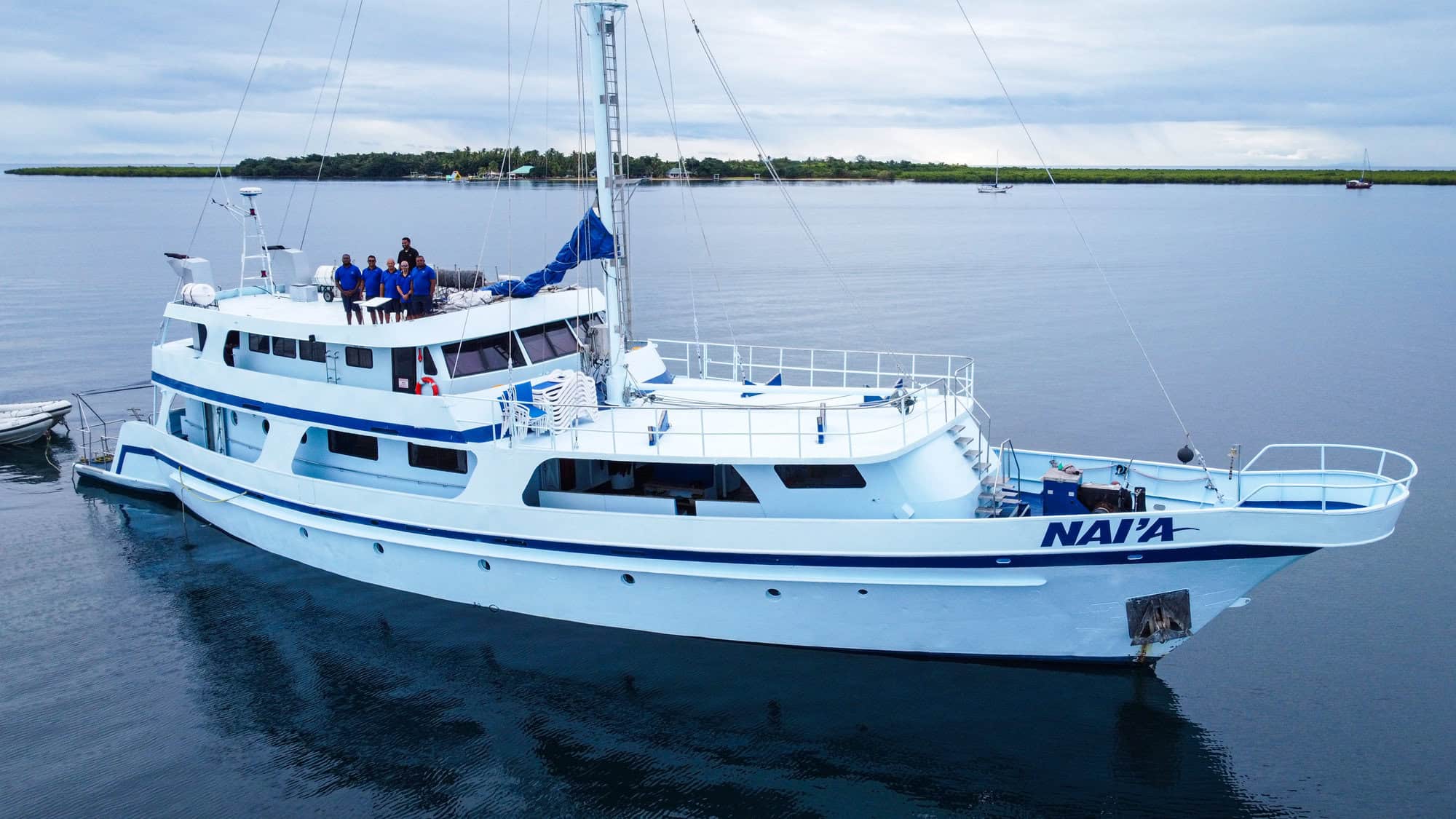Lightspeed Pacific’s Executive Chair, Richard Broadbridge, says Fiji has taken a “massive leap forward” in allowing Starlink services in the country.
The company last week announced its official status as Fiji’s first authorised reseller of the SpaceX receivers and product. Broadbridge says there’s already a “big demand” from local shipping and tourism operators for the receivers.
He says the decision means Fiji can meet its ambitions of connecting people with high quality internet services. “That means the government can achieve its long-term strategies by delivering services. And then obviously filling a void, particularly certain segments like tourism. There’s been a massive take-up in terms of tourist operators,” he told Islands Business.
One example is the Nai’a, a liveaboard dive and marine research vessel. Broadbridge says the ship uses Starlink’s high performance antenna. “The reports that we’ve got from the Nai’a is that we’re seeing zero loss [of connectivity] in the high seas,” he said.
Broadbridge says Starlink services can be easily installed. “You don’t need a special type of technician to install it. Anybody can do it. You pretty much put it in the yard, plug the cable, switch it on, and in 45 seconds, you’ve got internet.”
He says around 600 Starlink antennas will arrive in Fiji 4 to 6 weeks’ time, with 30% of the order already booked by customers.
Broadbridge says Starlink’s agreement with Lightspeed Fiji will allow the company to promote community WiFi—potentially operated by rural entrepreneurs—opening up rural areas to more economic opportunities. “We’ve bundled a 3-kilowatt solar [with a Starlink receiver] that basically then powers the shop, powers the Starlink, powers the WiFi access point, and allows the villagers to come and plug their devices and even the shopkeeper can make some money. So we’ve seen a take up of that. And it’s the only way a village can afford it. Everybody puts in for the capital cost,” he said.
While some countries are pushing for 5G, Broadbridge says 4G is absolutely ample for what the Pacific region requires.
“By providing decent 4G infrastructure, you’re able to deliver services to those in rural areas. Those rural people are coming into the cities because they can’t get those services. They can’t get power. They can’t get kids’ education. They can’t get faster services. They don’t have any financial services, nor any way of generating energy. And the belief is that once you are able to take good fast internet into the rural areas, you’re then able to help these people generate all those things and a government to deliver its services to the people. So I think Starlink was designed for that,” he said.
“It can provide services around health, law and order, education, everything from passports to driver’s licence. Anything that a rural person needs,” he added.
